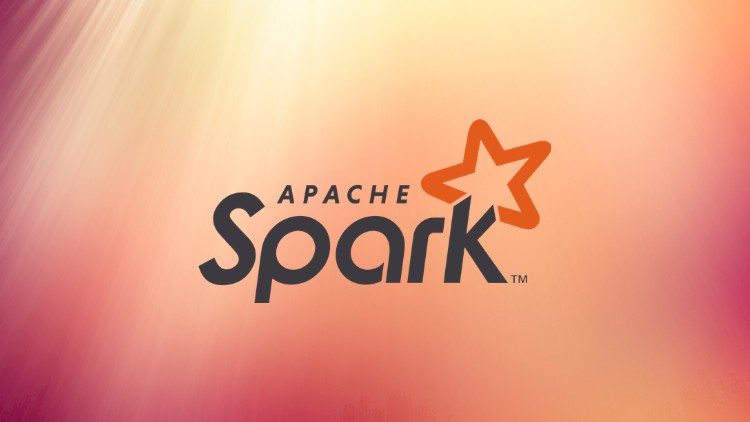
Apache Spark with Scala Crash Course useful for Databricks Certification Unofficial for beginners
What you will learn
Apache Spark ( Spark Core, Spark SQL, Spark RDD and Spark DataFrame)
Databricks Certification syllabus included in the Course
An overview of the architecture of Apache Spark.
Work with Apache Spark’s primary abstraction, resilient distributed datasets(RDDs) to process and analyze large data sets.
Develop Apache Spark 3.0 applications using RDD transformations and actions and Spark SQL.
Analyze structured and semi-structured data using Datasets and DataFrames, and develop a thorough understanding about Spark SQL.
Description
Apache Spark with Scala useful for Databricks Certification(Unofficial)
Apache Spark with Scala its a Crash Course for Databricks Certification Enthusiast (Unofficial) for beginners
“Big data” analysis is a hot and highly valuable skill – and this course will teach you the hottest technology in big data: Apache Spark. Employers including Amazon, eBay, NASA, Yahoo, and many more. All are using Spark to quickly extract meaning from massive data sets across a fault-tolerant Hadoop cluster. You’ll learn those same techniques, using your own Operating system right at home.
So, What are we going to cover in this course then?
Learn and master the art of framing data analysis problems as Spark problems through over 30+ hands-on examples, and then execute them up to run on Databricks cloud computing services (Free Service) in this course. Well, the course is covering topics which are included for certification:
1) Spark Architecture Components
- Driver,
- Core/Slots/Threads,
- Executor
- Partitions
2) Spark Execution
- Jobs
- Tasks
- Stages
3) Spark Concepts
- Caching,
- DataFrame Transformations vs. Actions, Shuffling
- Partitioning, Wide vs. Narrow Transformations
4) DataFrames API
- DataFrameReader
- DataFrameWriter
- DataFrame [Dataset]
5) Row & Column (DataFrame)
6) Spark SQL Functions
In order to get started with the course And to do that you’re going to have to set up your environment.
So, the first thing you’re going to need is a web browser that can be (Google Chrome or Firefox, or Safari, or Microsoft Edge (Latest version)) on Windows, Linux, and macOS desktop
This is completely Hands-on Learning with the Databricks environment.
Content
